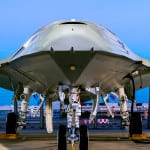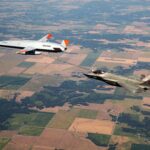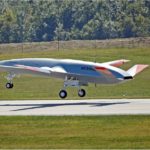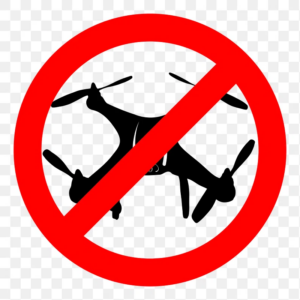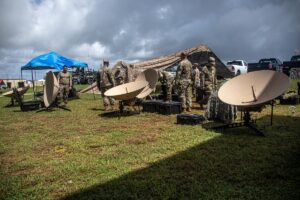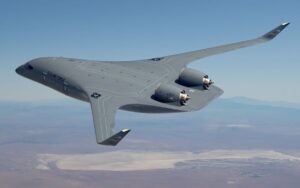
ST LOUIS, Mo. -- Boeing [BA] showed off its MQ-25 Stingray carrier-based unmanned air system (UAS) offering to reporters at its facility here on Thursday and revealed it will use the Rolls-Royce AE 3007N engine.This is the same engine on the Air Force’s Northrop Grumman [NOC] RQ-4 Global Hawk.The MQ-25 will be the Navy’s first unmanned carrier-based aircraft system and is focused on being a refueling tanker. Naval Air Systems Command (NAVAIR) released the final request for proposals (RFP) last…

 By
By 